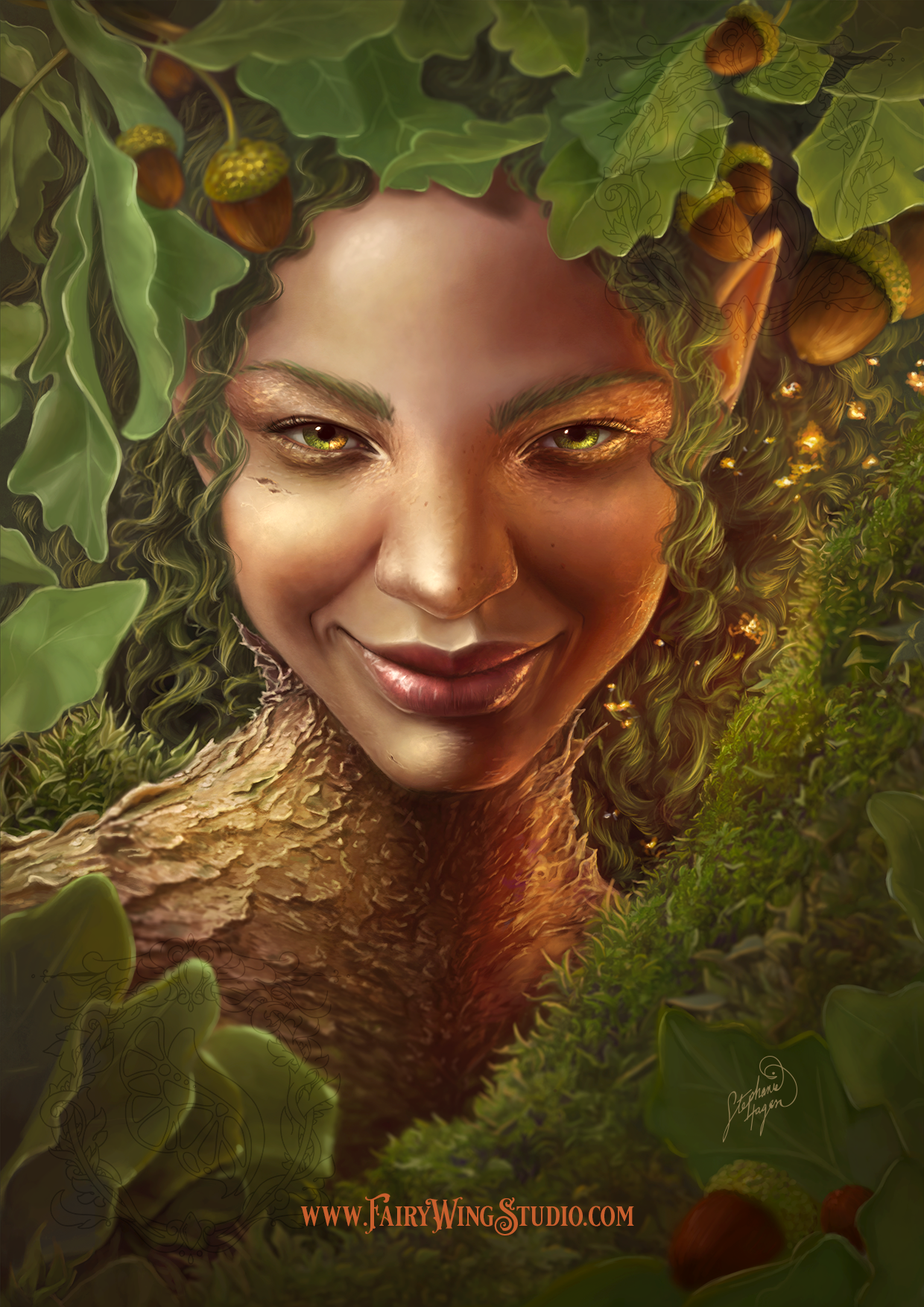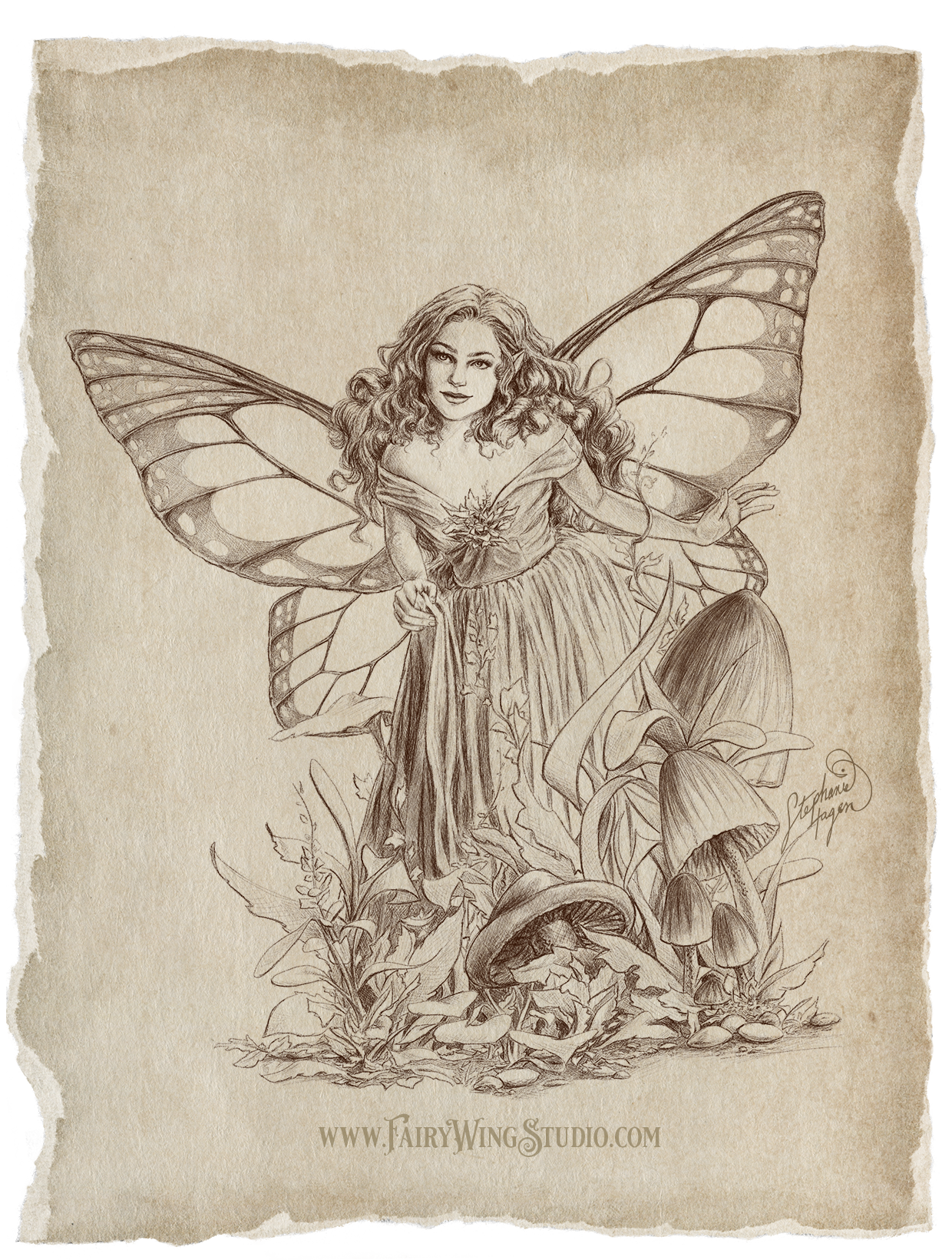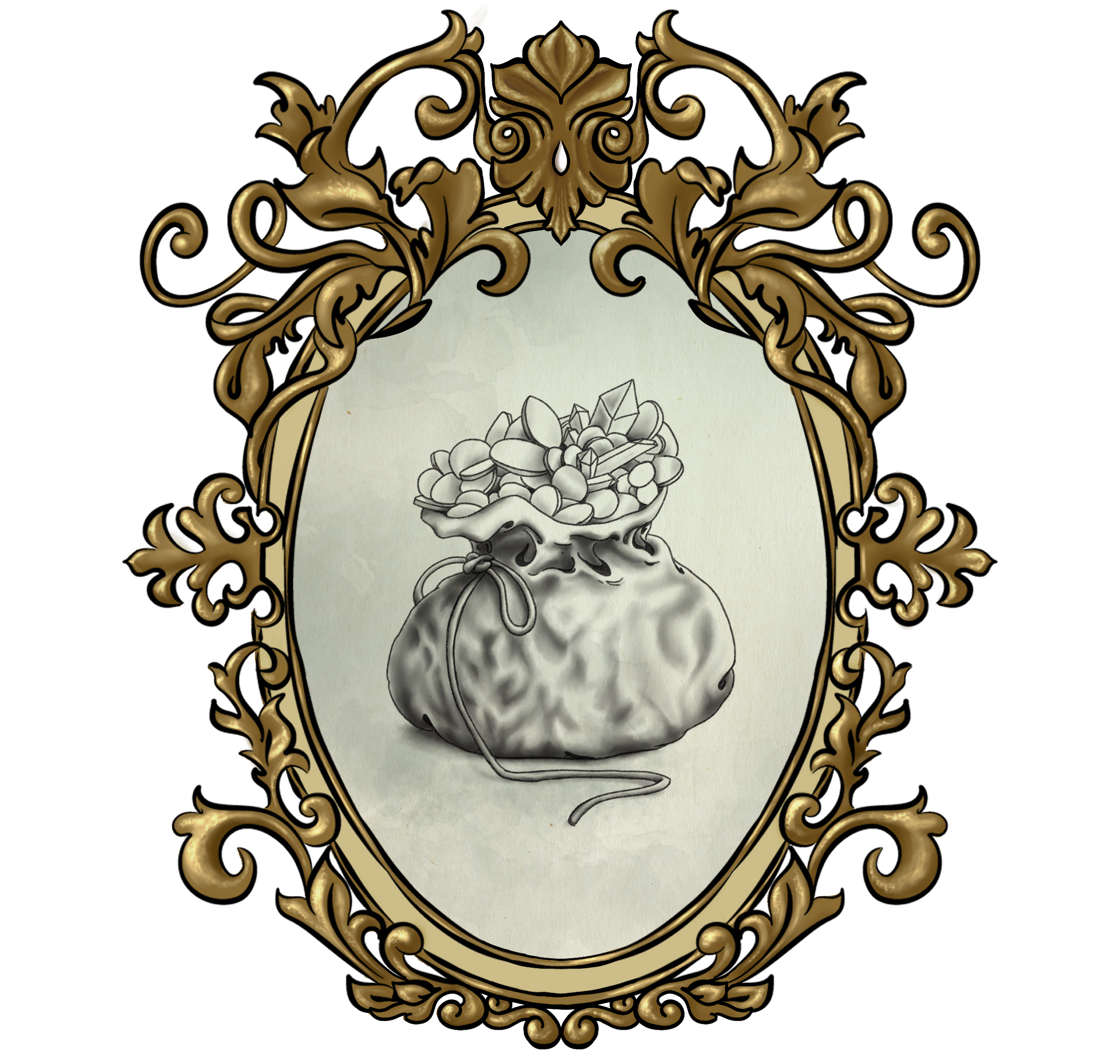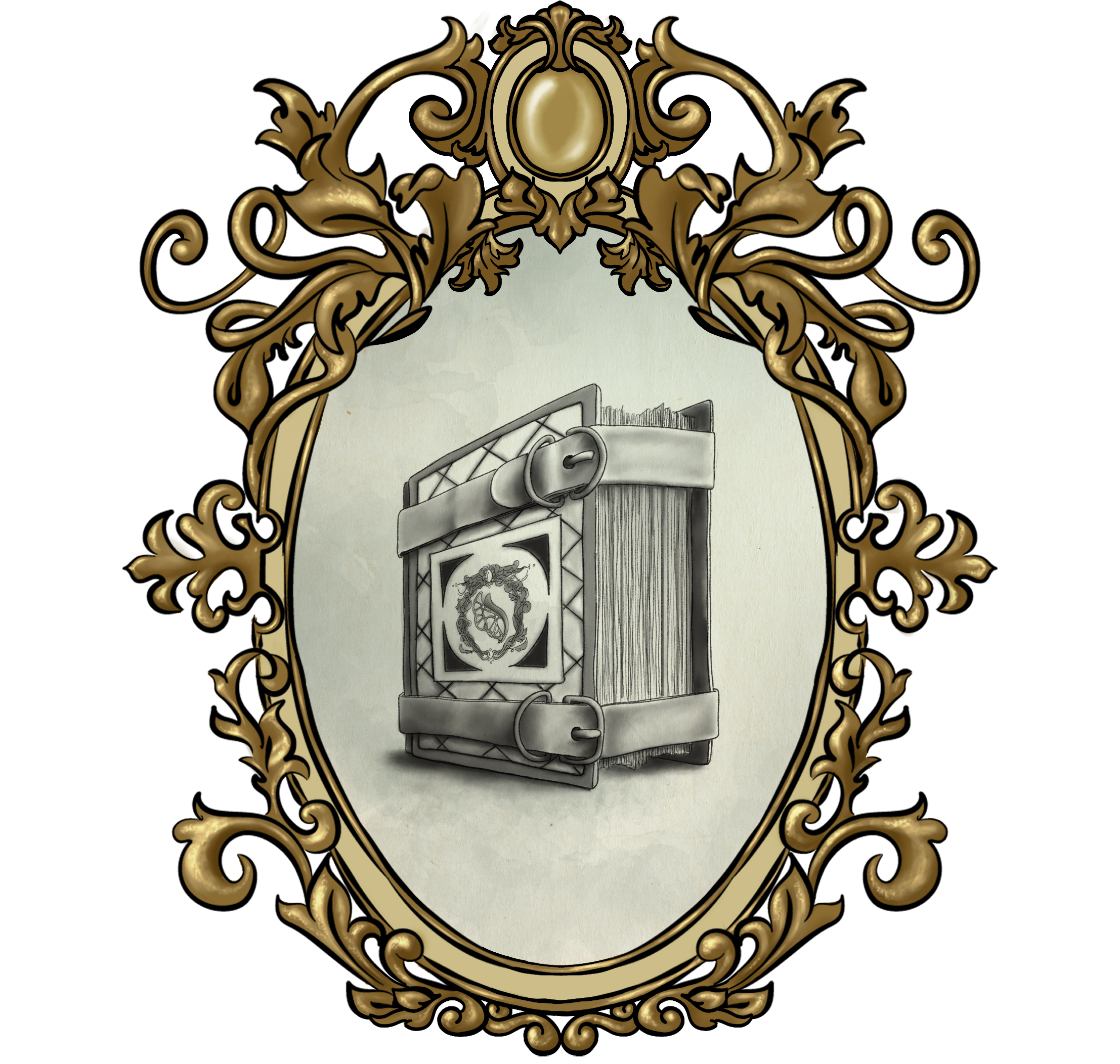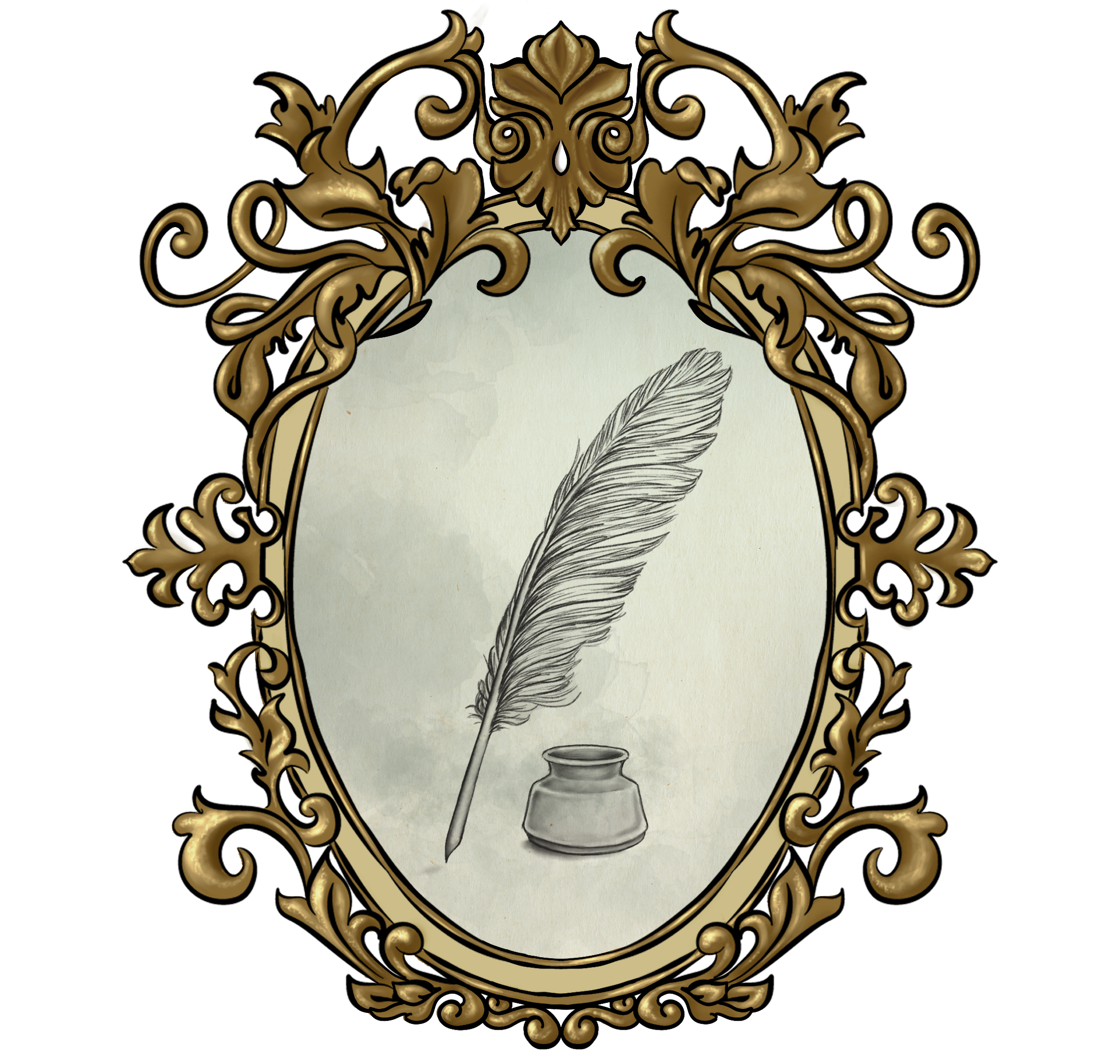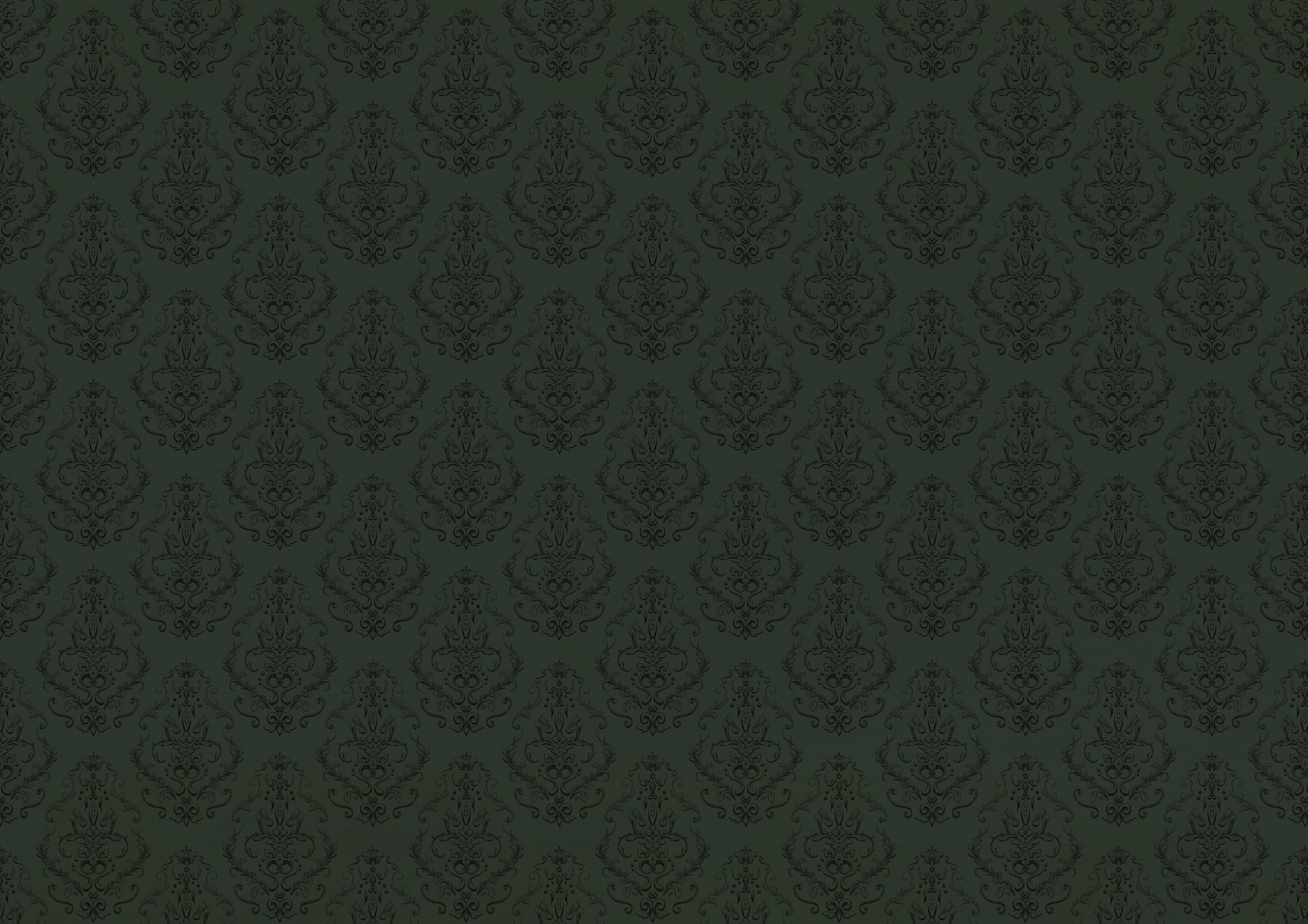
What is a Fairy?
The good people, wee folk, people of the hills, the gentry. There are many names used to describe them, because to call them by their name may pull their attention.
It’s impossible to know who in the Faerie realm may hear, so caution is always advised. For they are good nor bad, but simply themselves. They may befriend us, or use us to achieve their own ends.
They may be stunningly beautiful, pulling us in closer with their disarming appearances. Others are described as grotesque, our nightmares brought to life.
They have their own motivations, many have long lives or are reportedly immortal. Living alongside us, and yet separate, we can only manage to speculate what a fairy may want or how they spend their time.

Some are willing to remain quite close to us and will use their powers of foresight or extensive knowledge to warn or help us against coming danger.
Many of them are spirits of nature, so ingrained in our world we cannot perceive their existence until we endanger the environment they protect.
They Defy Definition
It’s difficult to encapsulate what a faerie is in much the same way it would be difficult to fully explain what a human is. Perhaps more so as they are many and varied. Faeries exist through our experiences, imagination and stories. They protect and harm, nurture and destroy, are visible and invisible. They both care, hate and feel ambivalent toward mortal beings. Perhaps the only thing for certain is their existence just outside our corporeal understanding. Likely, they affect our everyday lives whether we are aware, or more likely, are not. They’ve helped shape our belief systems and feed our sense of wonder at the world we inhabit. Whether or not you believe in the existence of these illusive beings, their impact on our world is long and impactful and will likely persist for many more long years.
A Brief European History of Recorded Fairy Belief
Ancient Origins
The concept of small, supernatural beings with magical attributes can be traced back to various ancient civilizations. In ancient Greece, there were nymphs and nature spirits, such as the Nereids and Dryads, who share some similarities with later fairy folklore. In Roman mythology, there were many spirits and gods which the Romans took care to honour. Those who were the most faithful toward the spirits were believed to be rewarded proportionately. The Lares and Penates, household spirits that protected homes, were especially important to the Romans and would be honoured above all other spirits since the resulting rewards would most directly affect the individual and their family.
Medieval and Renaissance Europe
Fairy mythology as we commonly think of it began to take shape during the Middle Ages in Europe. These small supernatural beings were often associated with the pagan traditions that predated Christianity. They were considered a separate and magical race that lived alongside humans, often in parallel worlds like hidden groves or under hills. These beings were called by various names, such as "fairies," "elves," "sprites," and "gnomes."
Celtic and Norse Influence
In Celtic and Norse mythology, there were various nature spirits and supernatural beings that influenced the concept of fairies. In Celtic tradition, for example, the Aos Sí (Aes Sídhe) were considered the fairies of Ireland, dwelling in the hills and mounds. The Sidhe were believed to have their own customs and societies, parallel to those of humans. Norse mythology contributed to the idea of light elves and dark elves, with some interpretations considering the light elves as akin to fairies.
The perception of fairies as small, friendly entities with beautiful wings became popular in the Victorian Era and has exuberantly remained a popular concept in art and literature.
Christianisation and Folklore
As Christianity spread across Europe, many of the old pagan beliefs were adapted or absorbed into Christian traditions. Fairies, once seen as part of pagan folklore, were sometimes reinterpreted as angels or demons. Some of the more established deities were even adopted as saints such as Saint Brigid in Ireland. However, the belief in fairies persisted, especially in rural areas, where they were often viewed as a part of daily life, and rituals and offerings were made to appease or interact with them.
Literary Revival
The 16th and 17th centuries saw a resurgence of interest in fairy mythology in literature. There was a small but strong belief, and most notably fear, of the mysterious and dangerous faeries. Reference to the faeries were often used to instill fear and encourage “good and faithful” behaviour in order to avoid punishment from the faeries. This view perhaps began to lighten with works from playwrights like William Shakespeare who incorporated fairy characters in works like "A Midsummer Night's Dream," helping to popularize and shape the image of fairies in the public's imagination.
Victorian and Modern Era
The Victorian era saw a resurgence of interest in folklore, and this period contributed significantly to the romanticized image of fairies as delicate, winged creatures. Illustrators like Arthur Rackham and authors like the Brothers Grimm further popularized fairy tales and fairy mythology. Modern popular culture, including children's literature, movies, and art, continues to draw upon and adapt fairy mythology, ensuring their enduring presence.
A Midsummer Nights Dream ~ Illustrated by Arthur Rackham

The Shop (Available this November)
For your perusal and shopping pleasure
The Compendium
A place to read a wee bit about the fae
Whispers from the Quill
Jots and Starts, Squiggles and Scratches







